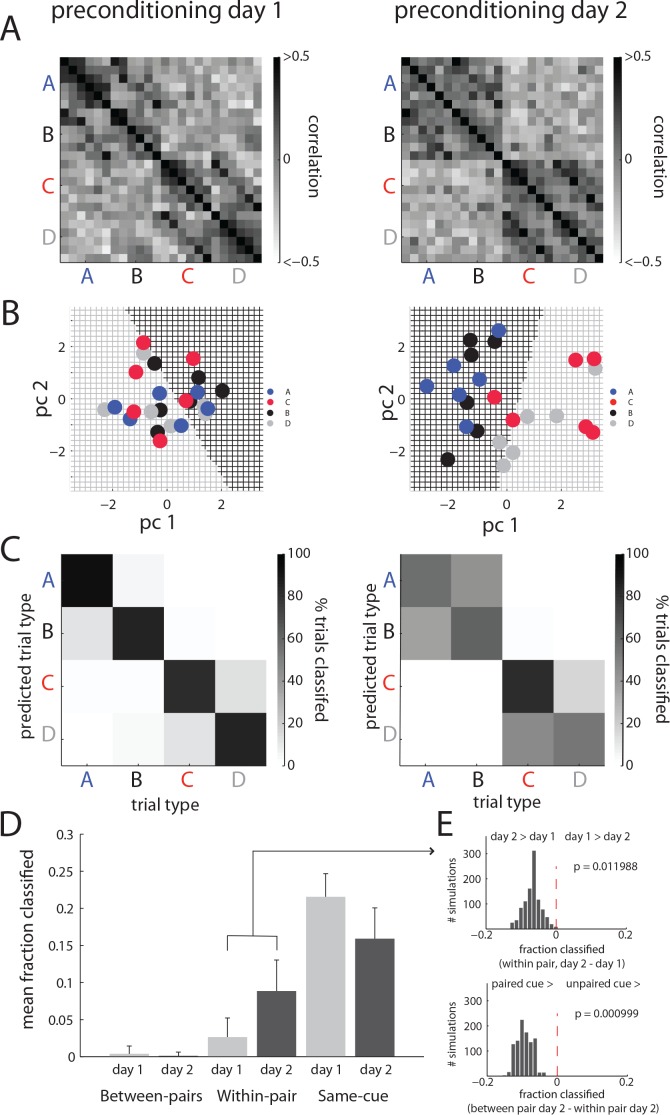Figure 3. Orbitofrontal neurons ability to reflect neutral associations becomes more reliable across conditioning.
(A) Pearson correlation of individual trials of OFC activity, calculated from all neurons recorded on preconditioning day 1 (left) or day 2 (right), shows that correlated firing between the paired cues spreads across trials conditioning (day 1 vs day 2). This spread does not occur for unpaired cues. (B) This effect is also evident in individual ensembles. An example of this is visualized for one ensemble of neurons in the two dimensions that best capture the population response from a principal components analysis on that ensemble from preconditioning day 1 (left) vs day 2 (right). On day 1, the ability to distinguish trial types via a linear discriminant classifier (indicated by the colored underlying grid; black indicating a likely B point, grey indicating D) does a much better job discriminating the paired cues (A and C) on day two than on day 1. (C) The classification illustrated in B is performed parametrically across randomly sampled pseudo-ensembles equal to the size of the population recorded on that day with replacement, and the classification of individual trials is displayed as a confusion matrix for all possible pairwise comparisons (e.g. cue A labeled as A, B, C or D). There is a notable decrease in correct classification and an increase in mis-classification within cue-pairs (e.g. cue A labeled as cue B) across days, resembling the results in panel A. (D) These results were then aggregated by error type (within or between pair) vs correctly labeled trials (mean ±SEM across 1000 resampled ensembles) to confirm the increase in within-pair classification across days. (E) Permutation tests performed on resampled ensembles showed that the increase in within-pair classification across days was unlikely to be obtained by chance.

